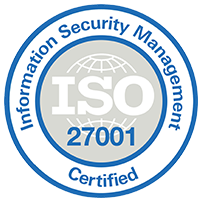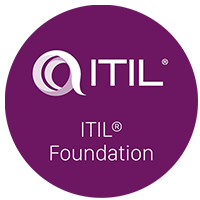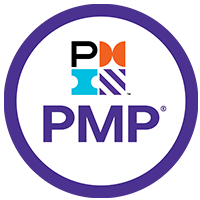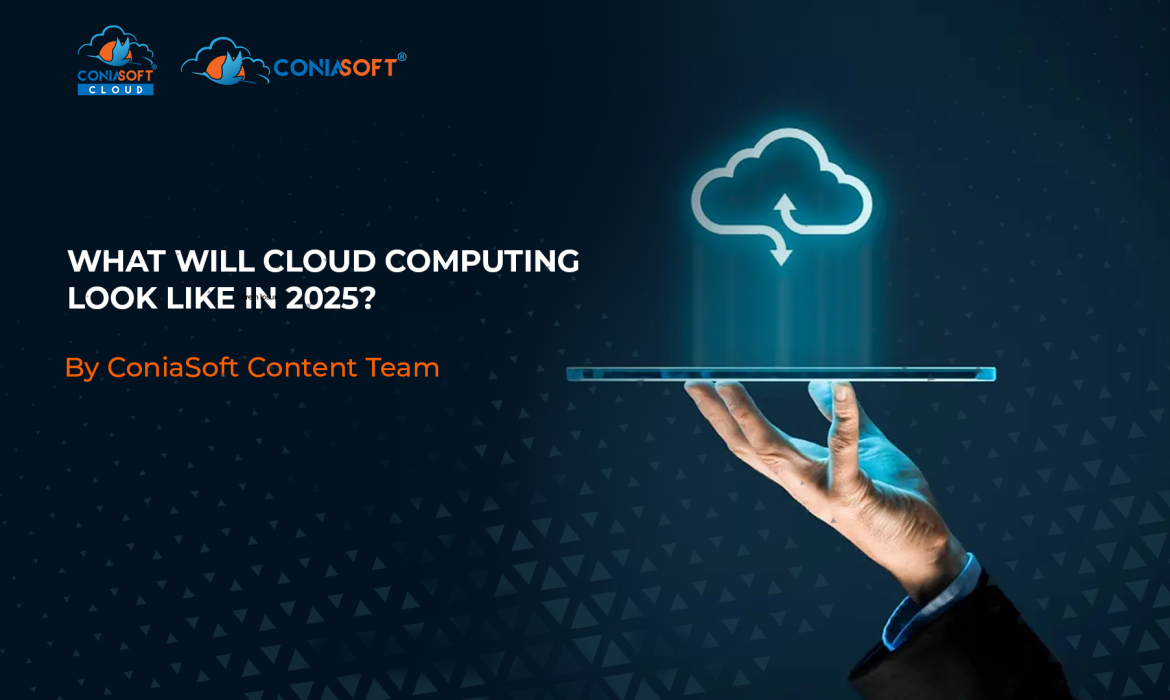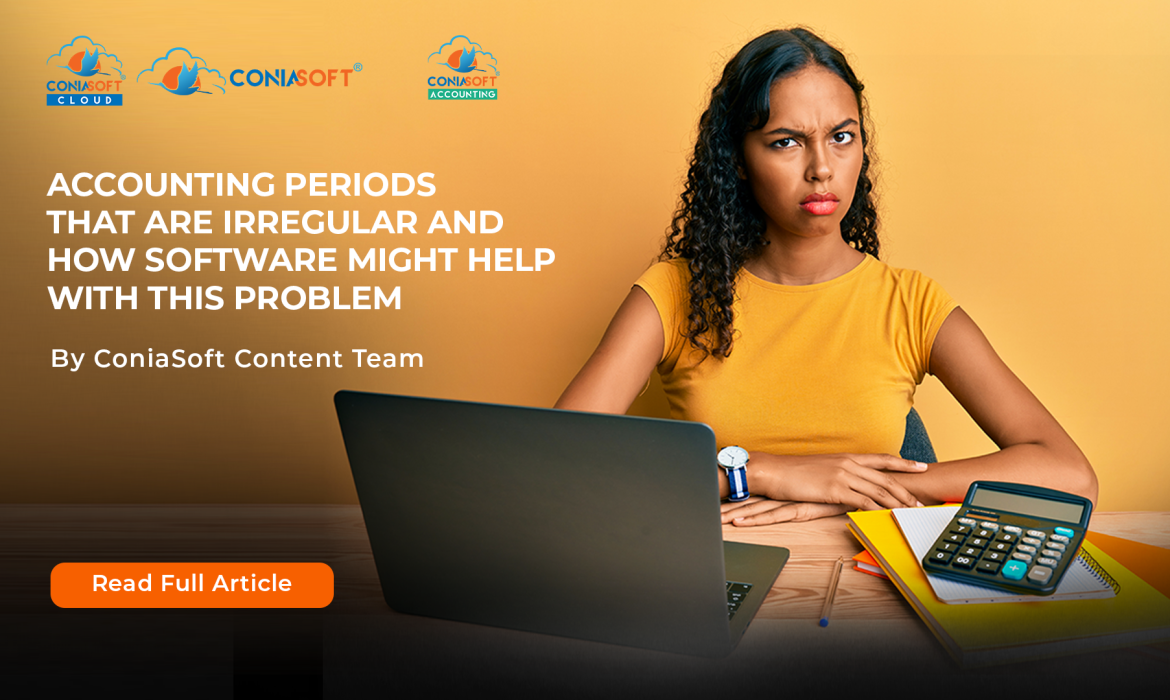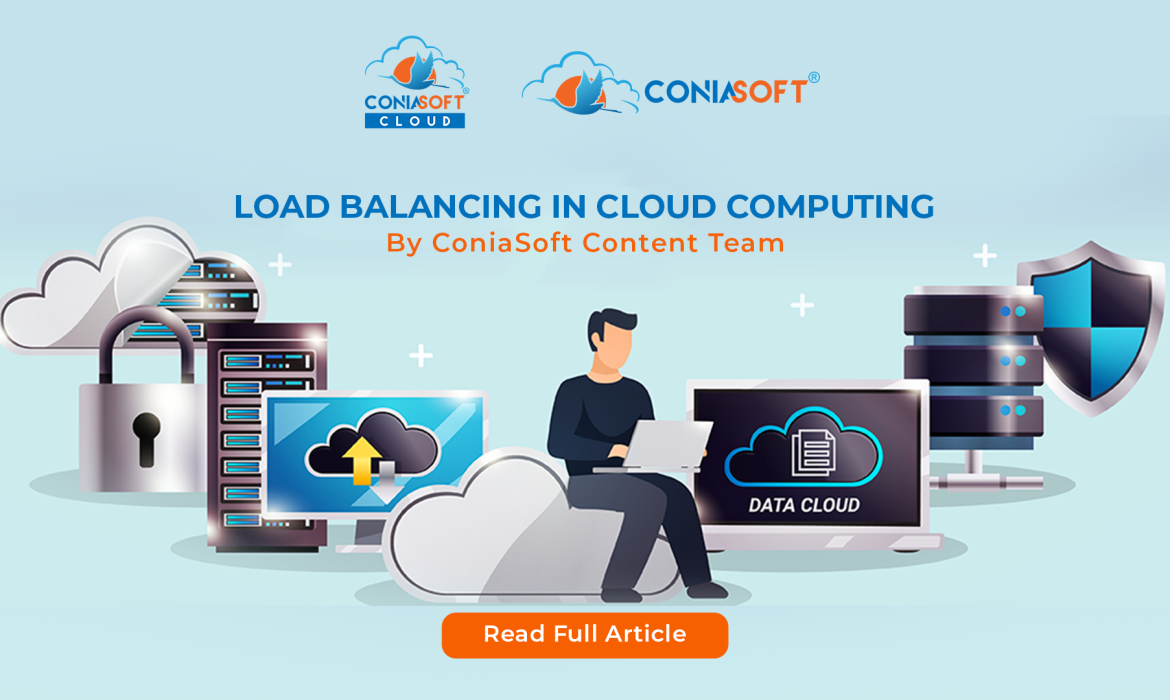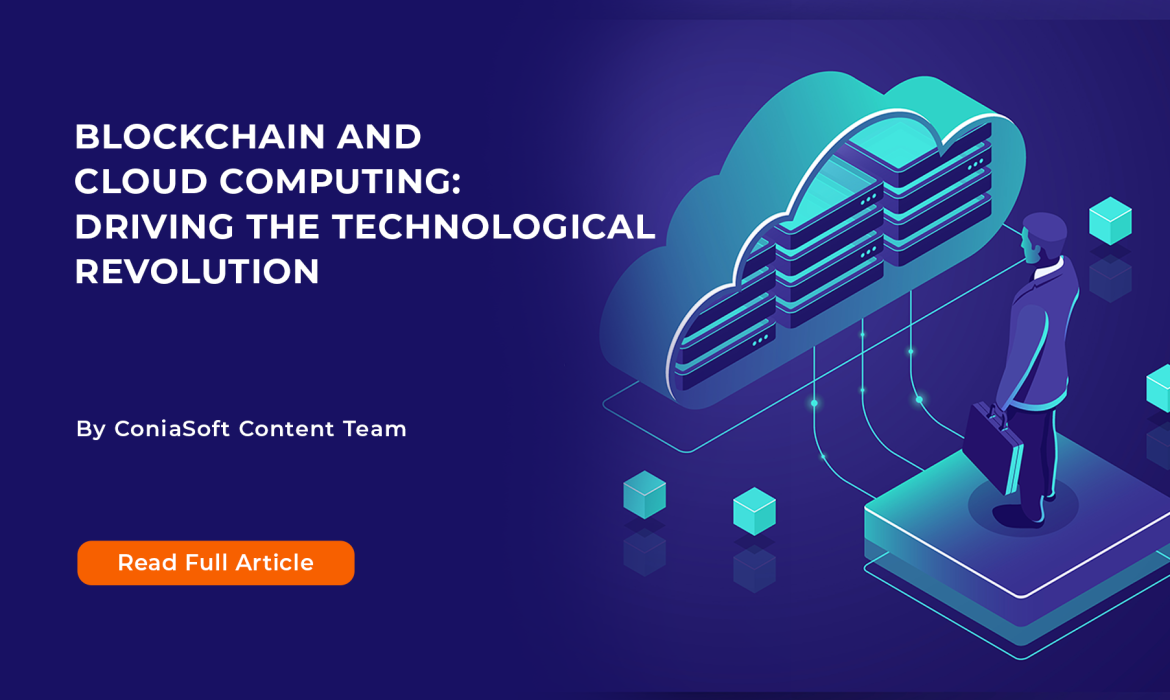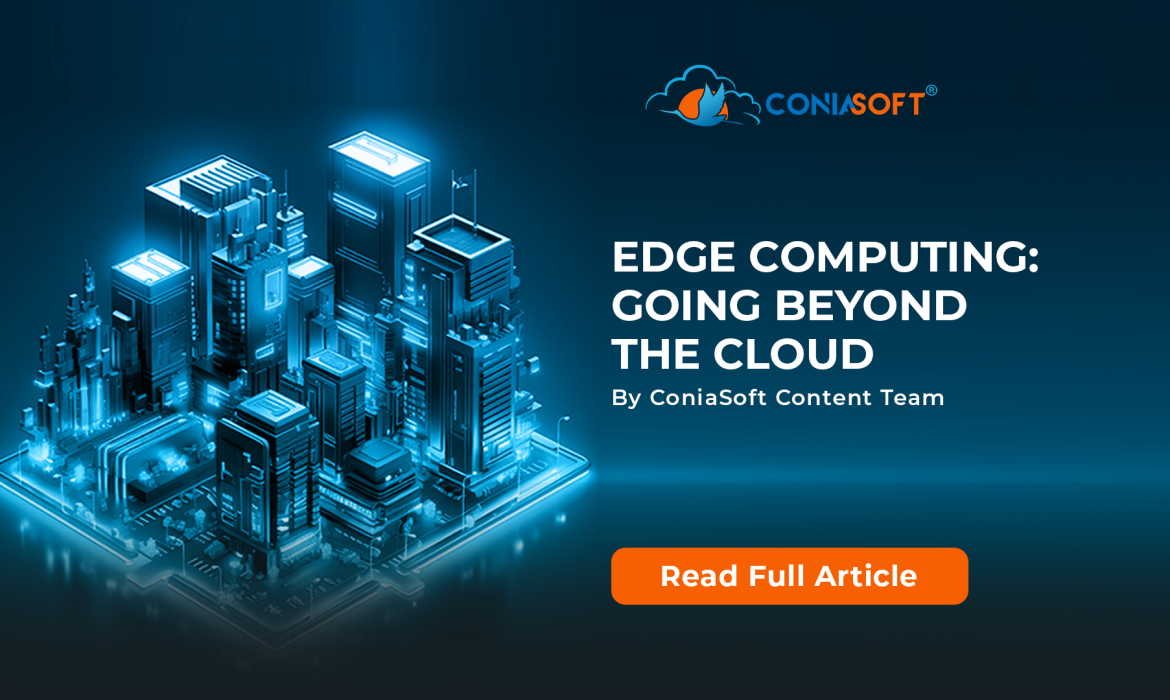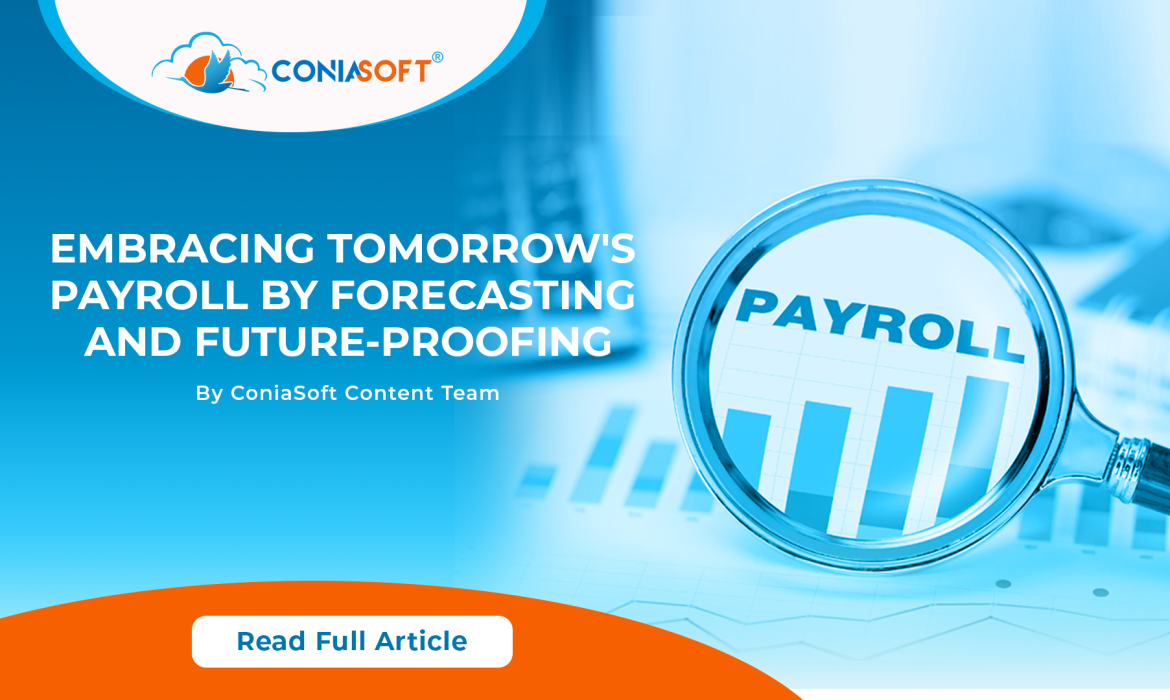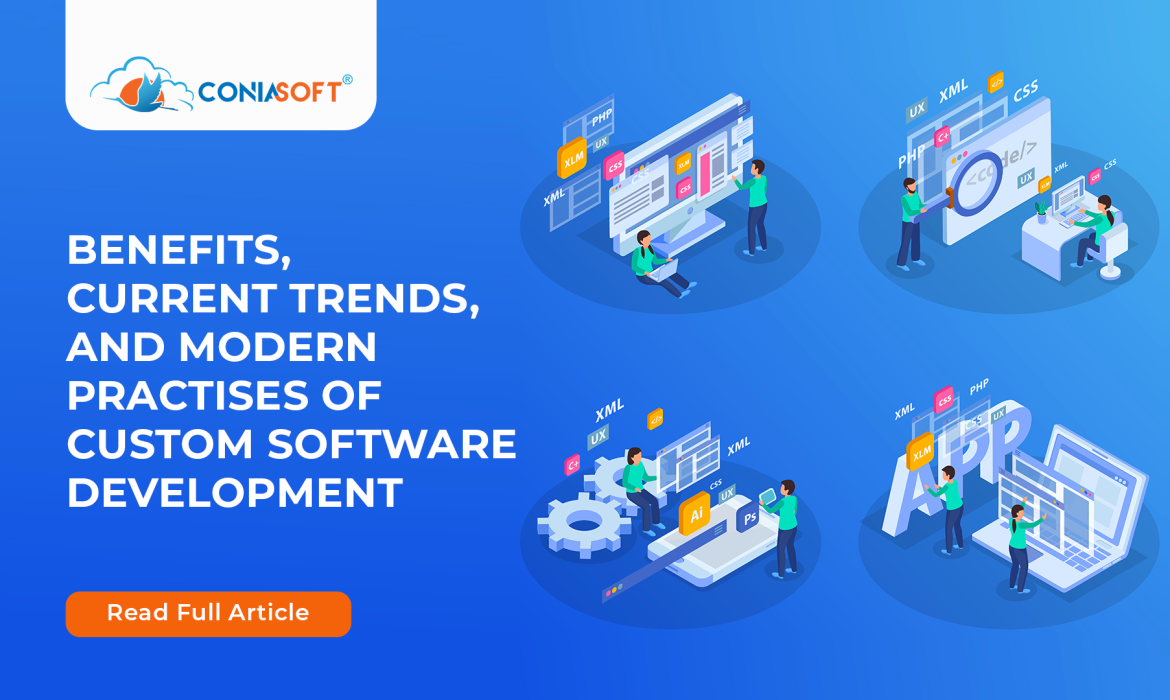TRENDS TO WATCH IN CLOUD ACCOUNTING 2024
Cloud computing has transformed accounting procedures, altering financial data management and strategic decision-making. Accounting’s future is digital transformation, and businesses must stay current on emerging developments like artificial intelligence, machine learning, blockchain technology, and data protection and compliance. The future of cloud accounting is dynamic and exciting, emphasising the need to stay ahead of financial and commercial innovation.
ACCOUNTING PERIODS THAT ARE IRREGULAR AND HOW SOFTWARE MIGHT HELP WITH THIS PROBLEM
The rhyme “Thirty days hath September, April, June, and November” was written to help children learn about the calendar. However, calendar inconsistencies can be annoying for finance experts. It can be difficult to compare retail sales between months with various Saturdays or to compare performance in a 28-day month to a 31-day month. Some business professionals have altered the calendar to better meet the needs of accountants, making calculations easier and more precise.
LOAD BALANCING IN CLOUD COMPUTING
In cloud computing, load balancing entails dispersing traffic and workloads to avoid server or computer overload or idleness. It improves execution time, reaction time, and overall system stability. The load-balancing architecture, which consists of a load balancer between servers and client devices, evenly distributes traffic, workloads, and computing resources, boosting the efficiency and dependability of cloud applications. Businesses can use this to distribute host resources and client requests over numerous computers, application servers, or computer networks. Load balancing is critical in cloud computing, with the cloud system optimising each device’s load balance. This blog post examines the significance of load balancing in the cloud environment and the numerous load-balancing techniques utilised in cloud computing.
LOAD BALANCING IN CLOUD COMPUTING
In cloud computing, load balancing entails dispersing traffic and workloads to avoid server or computer overload or idleness. It improves execution time, reaction time, and overall system stability. The load-balancing architecture, which consists of a load balancer between servers and client devices, evenly distributes traffic, workloads, and computing resources, boosting the efficiency and dependability of cloud applications. Businesses can use this to distribute host resources and client requests over numerous computers, application servers, or computer networks. Load balancing is critical in cloud computing, with the cloud system optimising each device’s load balance. This blog post examines the significance of load balancing in the cloud environment and the numerous load-balancing techniques utilised in cloud computing.
CLOUD COMPUTING TRENDS EVERY ACCOUNTANT SHOULD BE AWARE OF
Your small business clientele is rapidly adopting cloud computing. Access to critical business and monetary data at any time and from any location enables them to be more productive and organised than ever before. This article emphasises the relevance of accountants in providing value to small business clients by addressing three significant cloud computing trends. The pandemic has highlighted the disparity between businesses that embrace cloud technology and others that oppose or underfund it. The aggressive cloud migration is projected to continue.
THE SOCIAL CLOUD’S POTENTIAL
We rarely get enthusiastic about technology for the sake of technology; we are more interested in how innovations (and people and practises) change the business landscape. In this essay, we will look at how the convergence of these two technological edges can aid in dramatic performance enhancement. We wish to focus on their ability to transform people’s behaviours and attitudes towards difficulties.
Blockchain and Cloud Computing Revolution Insights
Blockchain is a game-changing technology that functions as a decentralised and distributed ledger system. It allows its participants to preserve a clear and secure record of transactions or information. Cloud computing, on the other hand, refers to the Internet-based availability of system resources such as data storage, networking, and software. Blockchain technologies combined with on-demand cloud computing services provide strong solutions for both organisations and individuals. Here’s how blockchain and cloud computing can work together.
Edge Computing Beyond Cloud Technology
We are surrounded by social networking sites, online material, and other online services that give us access to data from anywhere at any time in the era of cloud computing, which was the forerunner of edge computing. The emphasis will shift to “edge computing,” which is, in many respects, the anti-cloud, with next-generation applications focusing on machine-to-machine interaction with ideas like the Internet of Things (IoT), machine learning, and Artificial Intelligence (AI).
Forecasting and Future-Proofing Payroll Systems
For accounting, bookkeeping, and outsourced payroll businesses to remain ahead of the curve and reduce risks, forecasting and future-proofing are essential skills. Firms may confidently traverse risks and direct clients towards sustainable growth by comprehending market patterns, predicting changes, and modifying tactics. Businesses can improve their capabilities and increase the range of services they offer by incorporating technology solutions like ConiaSoft Products.
Trends and Benefits of Custom Software Development
Businesses from all sectors are using technology to streamline operations, improve customer experiences, and gain a competitive edge in today’s digital economy. Although off-the-shelf software solutions can satisfy basic objectives, they frequently fall short of addressing particular business requirements.


